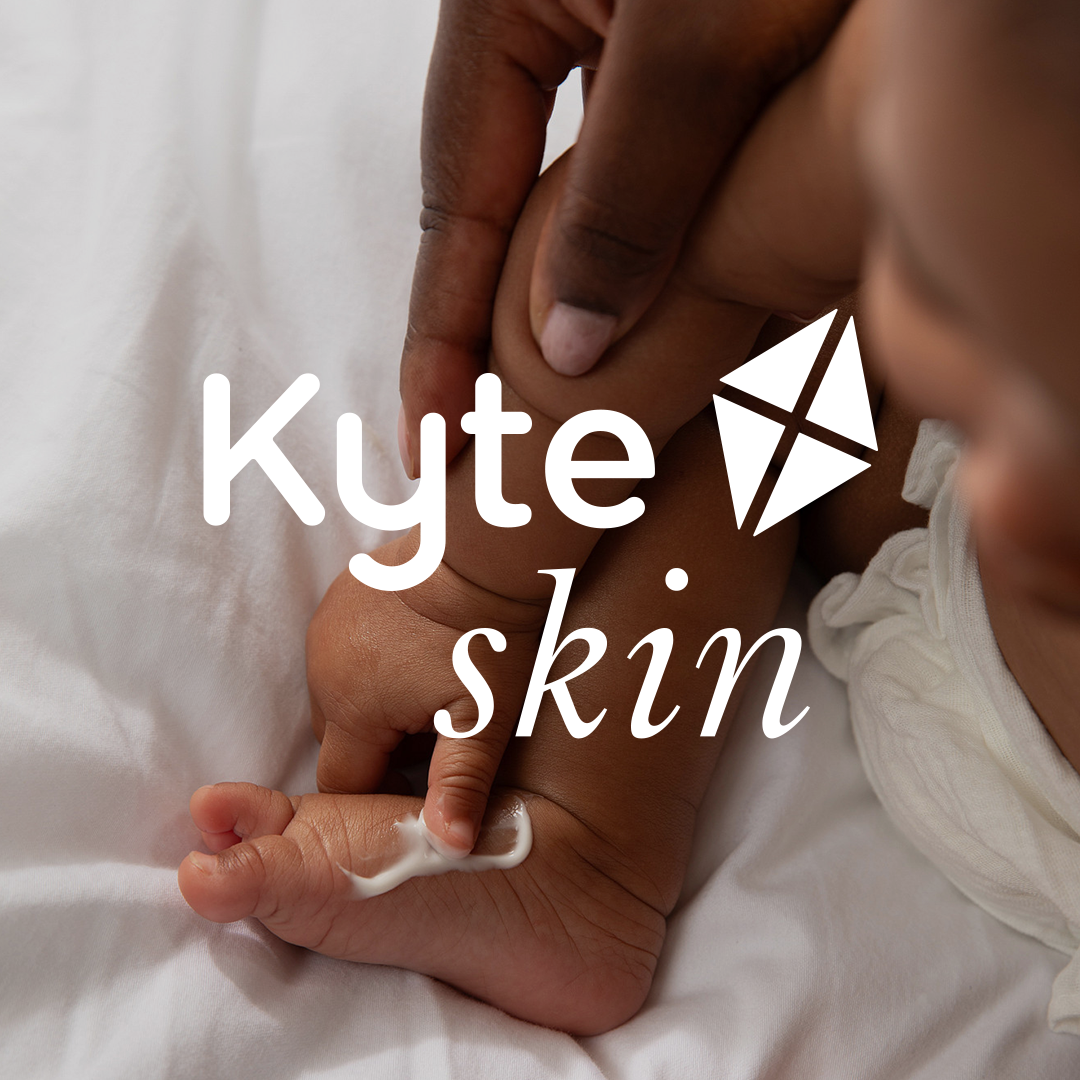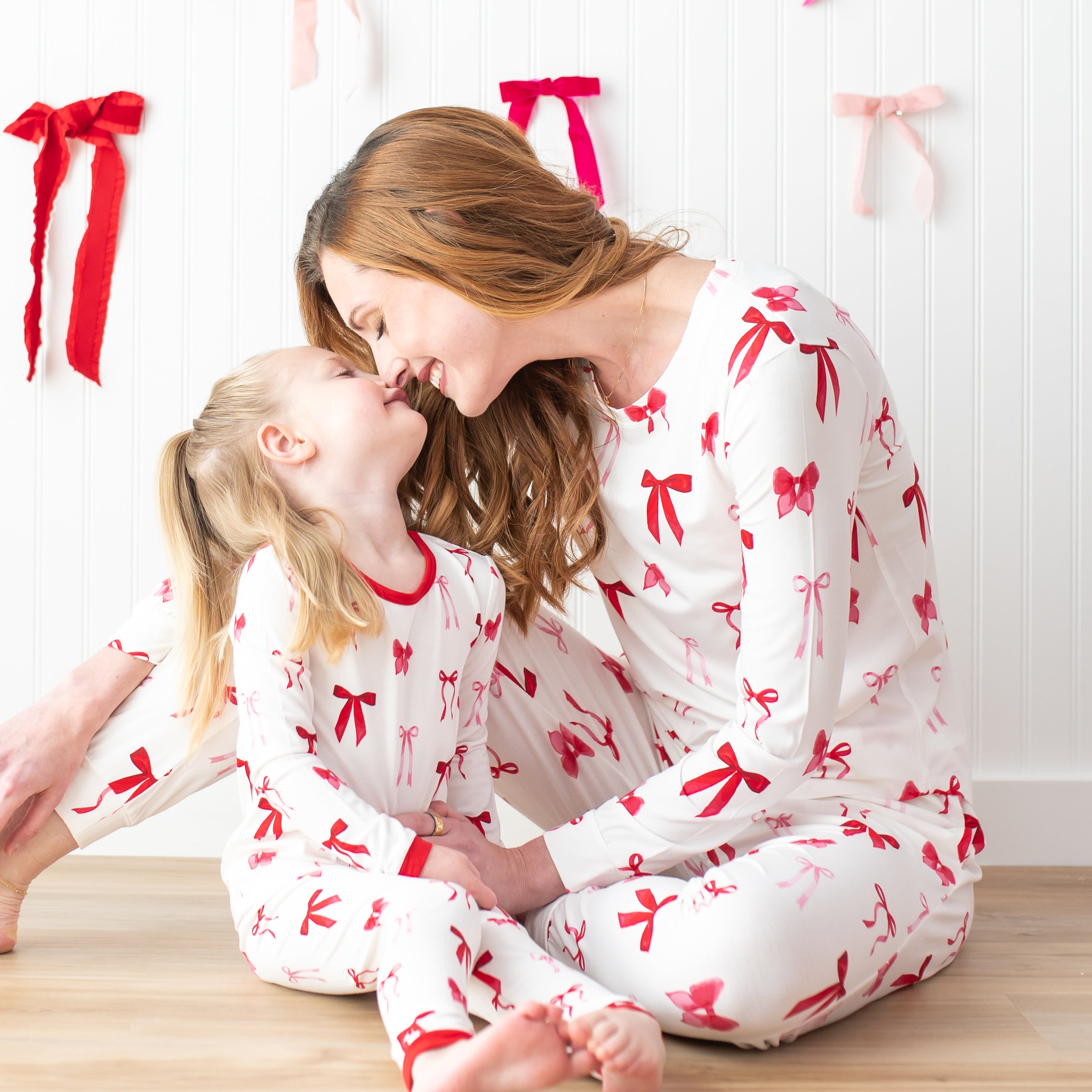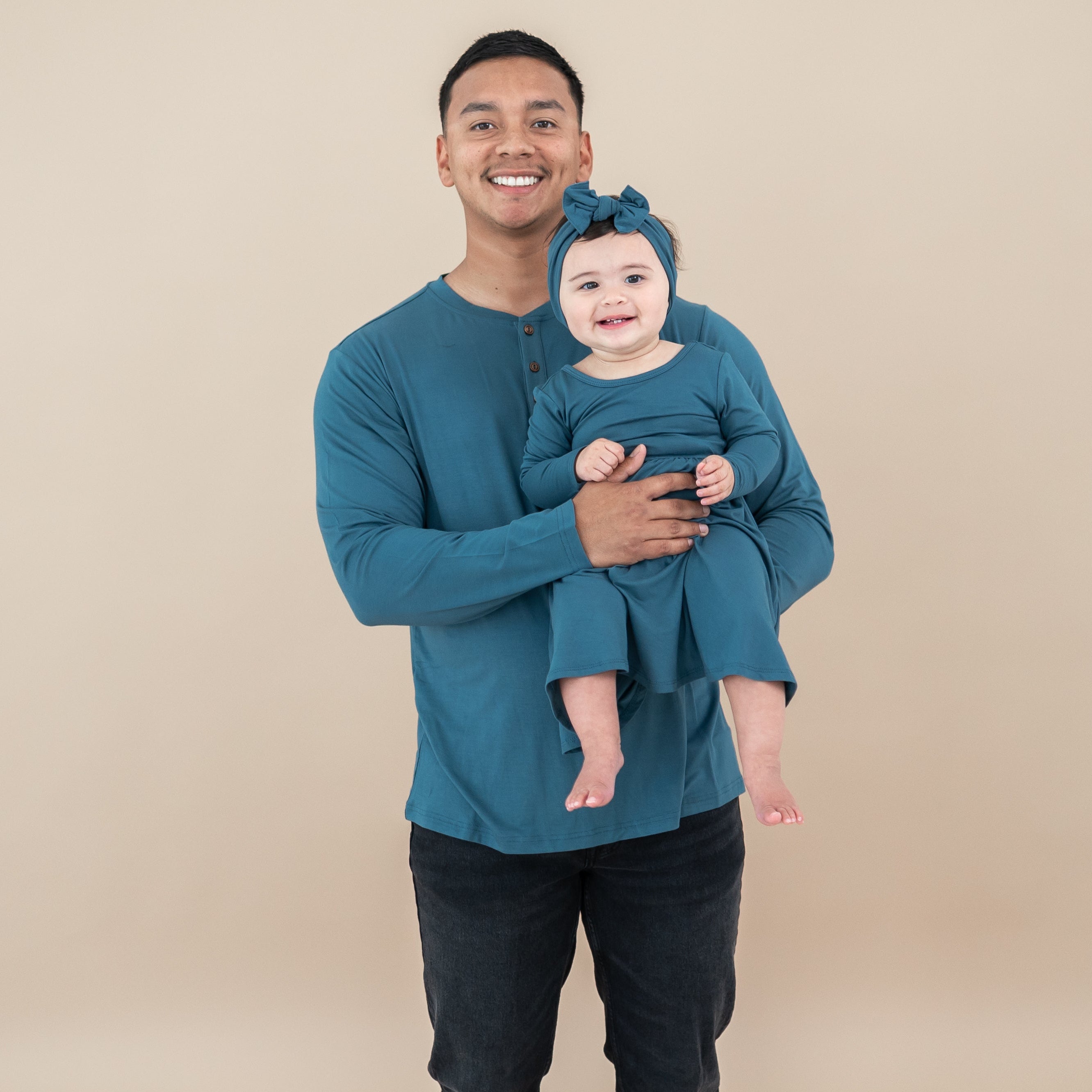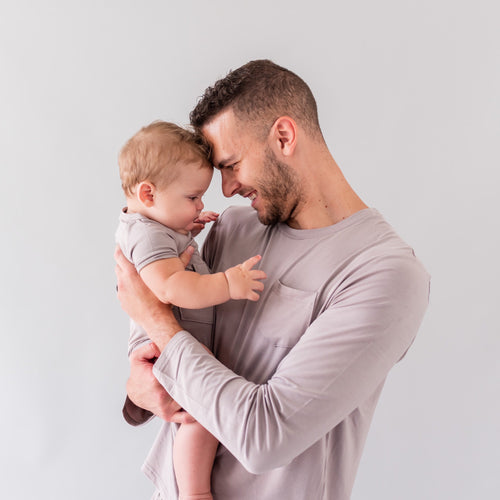
Sleep sacks are one of the most popular baby items, and for lots of good reasons! They keep babies comfortably warm throughout the night and are a safe alternative to loose blankets (which should not be used for infant sleep, as they pose a suffocation risk). But, like anything else, even a sleep sack can be unsafe when not used properly. To set your mind at ease and give you the confidence to put your baby to sleep safely and soundly, we’ll be discussing the following topics:
- Are baby sleep sacks safe for newborns?
- What are the safest sleep sacks for babies?
- Are weighted baby sleep sacks safe?
- Do sleep sacks help prevent SIDS?
- Do sleep sacks help babies sleep?
- At what age are sleep sacks safe?
- Are sleep sacks safe for babies who can roll over?
- Are sleep sacks safe for babies who can stand or walk?
Are Sleep Bags Safe for Newborns?
A newborn can safely wear a sleep sack (also referred to as sleep bags or wearable blankets) from birth—as long as it fits them well. Most newborns will prefer to be swaddled, but not every baby is the same, and some hate being restricted (and will let you know it!).
If your baby is a mini Houdini and escapes from every type of swaddle, or simply just detests being swaddled, a sleep bag just may be the ticket to a good night’s rest. When made from the right fabric, a sleep bag helps your newborn regulate their temperature for comfortable sleep.
Kyte Baby’s sleep bags are crafted from bamboo rayon, a silky soft and breathable material with temperature-regulating properties to prevent overheating. Our XS sleep bags are specifically designed to fit your newborn from 7-13 lbs., so you can begin using them from birth. For parents who still want to swaddle, our Sleep Bag Swaddler is an all-in-one sleep system that gives you the best of both worlds and seamlessly transitions your baby from swaddle to sleep bag.

What are the Safest Sleep Sacks for Babies?
The safest sleep sack for a baby is the one that fits properly. When we consider a proper fit, we also want to consider the proper TOG for your baby’s nursery. Depending on the season, the climate you live in, and the temperature of your baby’s nursery, you may need a 0.5 TOG, 1.0 TOG, or 2.5 TOG sleep bag for safe and comfortable sleep. TOG ratings are an easy way to ensure that your baby does not overheat, and allow you to dress them appropriately for sleep.
We also encourage you to use a sleep sack that allows for healthy hip development. A properly fitting sleep bag will not restrict hip movement and will instead be nice and roomy to allow free movement of their legs. Your baby should be able to assume the froggy position and move comfortably to prevent hip dysplasia.

Are Weighted Baby Sleep Sacks Safe?
While there is no conclusive proof to determine whether or not weighted sleep sacks are safe, the general consensus among experts is to avoid anything weighted for infants without the supervision or recommendation from a physician or other healthcare provider (like an occupational therapist). The American Academy of Pediatrics (AAP) recommends against using weighted sleep sacks, as a baby’s impaired arousal during a time of distress may contribute to SIDS risk.
Kyte Baby does not manufacture or sell any weighted sleep sacks. Similar to weighted blankets for adults, the idea behind weighted sleep sacks for infants is that the light pressure can induce calm by activating their parasympathetic nervous system. While pressure therapy can indeed work for adults, there is some evidence that weighted sleep products on infants may reduce their oxygen levels. Kyte Baby sleep bags are not weighted at all, but simply vary in fabric thickness, using 0.5, 1.0 and 2.5 TOG ratings to to suit warmer and cooler nursery temperatures throughout the year.
Do Sleep Sacks Help Prevent SIDS?
While sleep sacks themselves do not prevent sudden infant death syndrome (SIDS), the use of a wearable blanket eliminates the risk of suffocation and strangulation that loose blankets pose. No parent wants their baby to be cold during sleep, and a sleep sack is a safe way to make sure that your baby stays warm at night without the hazards of loose bedding.

Do Sleep Sacks Help Babies Sleep?
Babies are more likely to wake up when they are cold. A sleep sack is a wearable blanket that keeps your baby comfortably warm to fall asleep quicker and stay asleep longer.
Additionally, the act of zipping up your baby into their sleep sack is a helpful sleep cue or sleep association. Even if you don’t think you have an established bedtime routine, you likely follow the same steps before naptime and bedtime. A good baby bedtime routine can be as simple as turning off the lights, turning on the sound machine, and putting your baby into their sleep sack. When you follow these steps every day, your baby associates this with sleep, and therefore has an easier time transitioning from awake to asleep.
What Age are Sleep Sacks Safe?
There’s no specific age where a sleep sack ISN’T safe! Your baby can use one from birth (as long as it fits properly) for as long as they want. Many toddlers continue to use sleep sacks long after loose blankets are safe because they’re attached to their sleep sack, they don’t have to worry about kicking the blanket off in their sleep, and simply because a sleep sack is comfortable!

Are Sleep Sacks Safe for Babies Who Can Roll Over?
Sleep sacks are preferable for babies who can roll (as opposed to a swaddle). The sleep sack allows for free movement without being a loose blanket in the crib and thus does not increase the risk of SIDS or ASSB for babies. While swaddling is common practice to soothe newborns to sleep, the AAP recommends that parents discontinue the swaddle and transition into a wearable blanket, e.g. a sleep sack, when their baby reaches 8 weeks of age or begins to show signs of rolling.

Are Sleep Sacks Safe for Babies Who Can Stand or Walk?
Parents may choose to transition to a sleep bag walker (ones with leg holes) once babies are standing or crawling for peace of mind. Some parents will fear a little one will trip if they’re standing or walking in a sleep bag, but it won’t cause them any major harm as they’re in a safe space.
Wearing a sleep sack in the crib can help to prevent little limbs from getting through the slats and may deter crib climbing when they’re older since it doesn’t make it as easy to walk around in– which is honestly a win if you’ve ever had a child climb out of their crib well before they’re mature enough to be in a bed!

In summary, sleep sacks are totally safe for infants and recommended by the AAP for use while in a crib to decrease the use of loose blankets.
Author Bio: Ashley Olson is a certified pediatric sleep consultant, owner of Heaven Sent Sleep and The Collective for Family Rest and Wellness, and passionate about helping new parents, experienced parents, desperate and sleep-deprived parents form healthy sleep habits for their children.
She has over 4 years of experience in working with families and has completed over 150 hours of coursework plus continuing education related to infant and toddler sleep. The focus of her work is on fostering a routine that grows your bond with your child while improving their sleep habits. She specializes in custom sleep plans and one on one support in changing sleep practices!






















